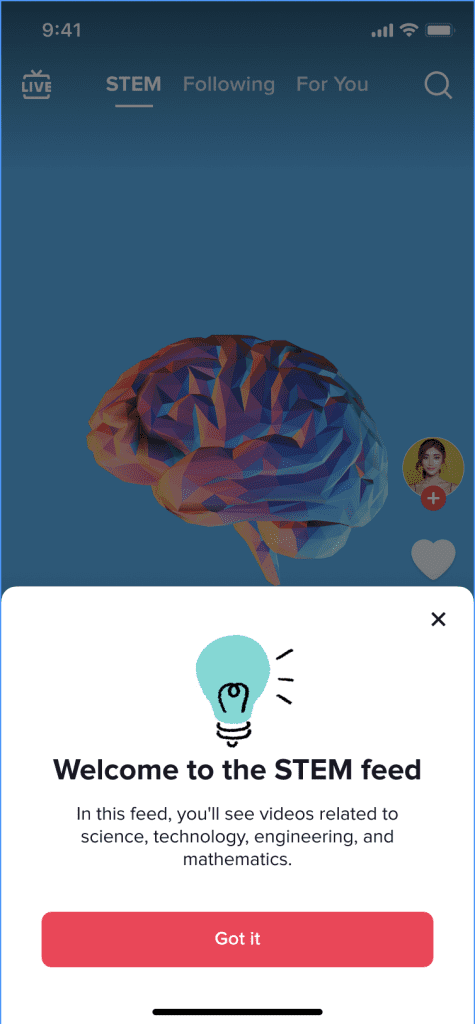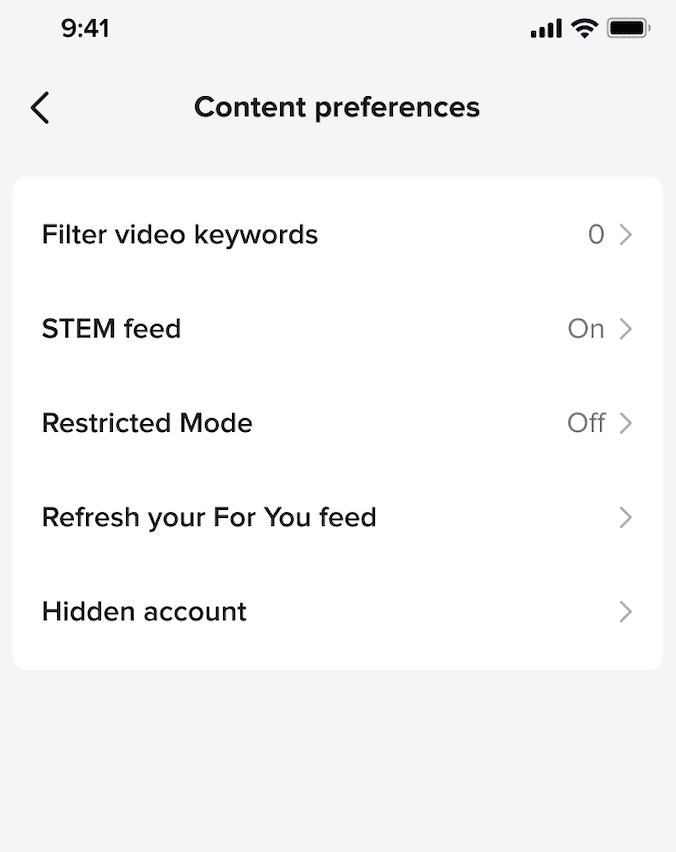TikTok has quietly become an unlikely player in the education space. What started as a platform for viral dances and lip-sync battles has morphed into something broader — an engine for discovery where users learn everything from history to finance in under 60 seconds. Now, the social media giant is taking its educational ambitions further, launching a dedicated STEM (Science, Technology, Engineering, and Mathematics) feed in over 20 countries across Sub-Saharan Africa.

The move follows the success of TikTok’s STEM initiative in the US and Europe, where science-related content has surged in popularity. But in Africa, where access to quality education remains a challenge for many, the stakes—and the potential impact — are much higher.
The case for TikTok as a learning tool
TikTok’s growing influence in education isn’t just anecdotal. The platform has over a billion users globally, and hashtags like #LearnOnTikTok and #BookTok have reshaped how people engage with knowledge. The numbers back it up: STEM-related content on TikTok has grown by 35% globally since the introduction of the STEM feed.
In Sub-Saharan Africa, where traditional education systems struggle with outdated curriculums, teacher shortages, and infrastructure challenges, TikTok’s bite-sized, engaging approach could offer an alternative route to learning – especially for younger audiences who already spend hours on the app.
Boniswa Sidwaba, TikTok’s Head of Content Operations for Sub-Saharan Africa, puts it this way: “TikTok is home to more than entertainment. It’s a platform where users flock to make discoveries… #STEMTok expands the world of discovery for our users whilst educating them with enriching content.”

Will it work?
The big question is whether TikTok’s STEM feed can move beyond passive engagement and drive meaningful education. There are reasons to be optimistic. Unlike other STEM content scattered across social media, TikTok’s approach includes fact-checking measures. The company has partnered with Common Sense Networks (CSN) and the Poynter Institute to review and verify content before it appears in the STEM feed, aiming to combat misinformation — a major issue in online learning.
The feed will also be enabled by default for users aged 13–18, ensuring that younger audiences are nudged toward educational content. But TikTok isn’t forcing the shift: users can opt out in their settings, meaning the success of the STEM feed will ultimately depend on whether it’s compelling enough to compete with more traditional entertainment.
The bigger picture
TikTok’s push into STEM education arrives at an interesting moment. Governments across Africa are increasingly looking at digital platforms as tools to bridge education gaps. From Kenya’s ambitious digital learning initiatives to South Africa’s growing edtech sector, online education is gaining traction.
However, concerns remain. TikTok, despite its best efforts, still faces criticism for the addictive nature of its algorithm, its handling of misinformation, and data privacy issues. Will the STEM feed genuinely serve as an educational resource, or will it simply be another way to keep users scrolling?
For now, TikTok’s STEM experiment in Africa is a fascinating test case — one that could redefine how young people engage with science and technology in a region where education needs a digital boost. If it works, it might just prove that learning and entertainment don’t have to be at odds.


